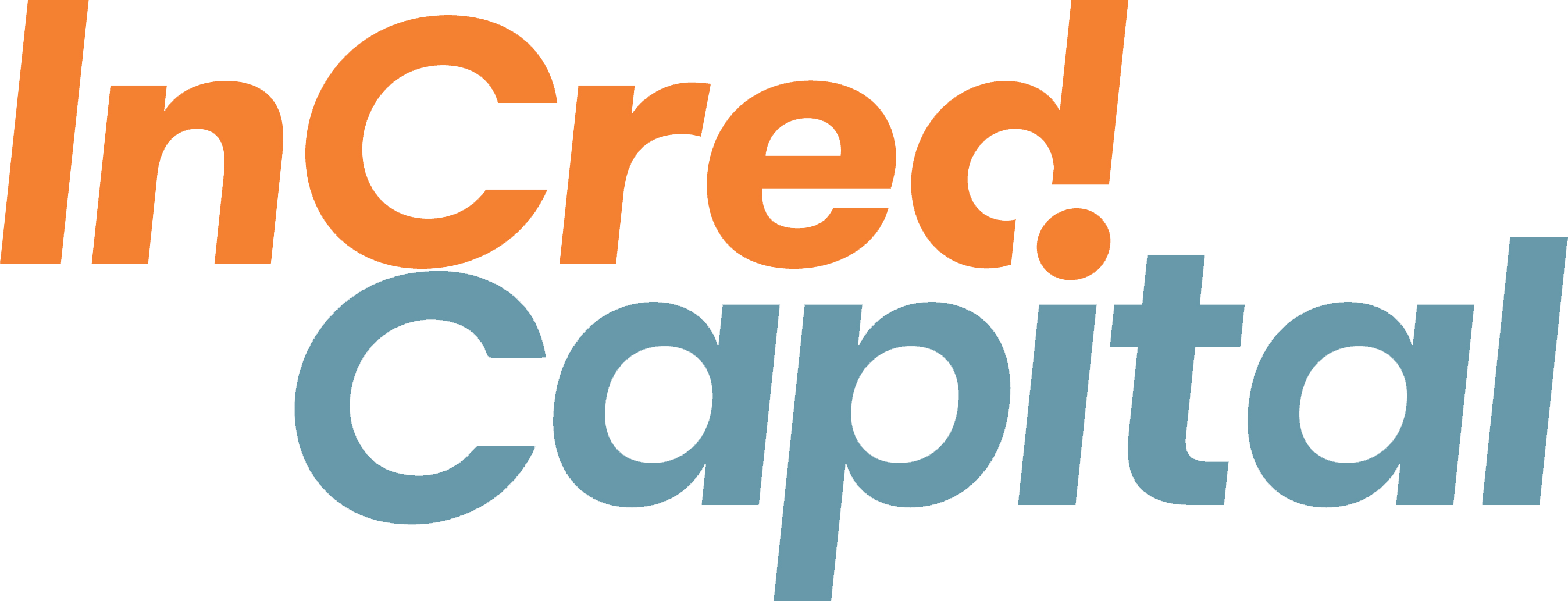Wealth, simply put, is having assets that earn while you sleep. While most of us devote the majority of our time in building our careers or businesses, it is natural that in the absence of support, actual wealth and financial planning can get ignored.
However, apart from taking professional help from an advisor or financial planner, there are some basic steps that each of us can take to go about in a structured way in making the most out of our investments.
First, Learn Why You Must Invest
Typical investment strategies have been to keep a lot of money in fixed deposits or interest earning traditional bonds or their equivalent, some exposure to gold and real estate with minimal exposure to equity or related assets. The question is whether this style of investing is efficient, and does it beat inflation and give you a return that is satisfactory. If you really evaluate these traditional styles one realizes that all these asset classes give very low annualized long-term returns, all comparable to deposit products.
The basic belief has to be that every investor should strive to beat inflation, at the very least, by investing in products that optimize returns in line with one’s risk profile.
While conventional bank deposits or fixed income products have been a natural choice for many investors, it is important to know that the real rate of return of these products have been negative, meaning capital is also not protected in real terms.
As an example, we now live in an era where interest-rates are at all-time lows and even regular fixed deposits (FDs) cannot beat inflation post tax. This means that you are notionally losing money by keeping them in traditional deposits. Beyond just gross real rate of return, taxation also eats into the return, and in the higher tax bracket options which optimize returns also become important.
Managing investments properly requires one to:
Balance traditional products with tax-efficient products.
Diversify with a specific segment to improve the returns in line with the segment characteristics.
Decide the risk that is needed to be taken without being worried about risk but aligning it to your need, your life-stage and your profile.
Reviewing it every year to ensure that the mix is working for you.
Understand Your True Investor Profile
As an individual, each one of us has a unique investor profile when we consider our risk tolerance, investment horizon, life stage, investment goals or objectives and of course, the current financial health. The investor profile is influenced by a host of factors including current income, the size of assets and other investments, current and expected future liabilities, and the stability of cash flows.
The mindset to investment is also important in terms of one’s own tolerance and ability to manage short durations of volatility, which also play a role in this. Critical to recognize that “risk to a certain extent is good.”
Through some guidance you can identify your risk profile and systematically capture all the important risk nuances. There are plenty of calculators and tools that can help you to determine your true capacity to absorb losses and your desire for gains.
The only guidance here is that once you determine your profile it will be useful to discuss and verify your thoughts with informed investors.
Knowing your investor profile is important because it should be well-aligned with your investment portfolio. When there is a misalignment between individual risk profile and the portfolio’s risk profile, the chances of getting influenced by behavioral biases and making incorrect investment decisions increase.
Once you know your risk tolerance level, you will naturally pay more attention to the various risk scores assigned to investment products and whether they really suit your requirements.
Design a Customized Asset Allocation Plan
It is well-known that a diversified investment portfolio, which is spread across multiple asset classes, is critical in improving returns as also protecting the portfolio from shocks and volatility. By diversifying your investment portfolio across multiple asset classes, you can ensure that sharp negative movements in any one asset class do not have a large impact on the overall risk or return of your portfolio. Based on your risk profile, you can allocate your investments across equity products, debt products, gold and alternatives. A sample asset allocation chart is given below.

Key Considerations:
Allocations are from a three-year perspective.
Fixed income exposure can be defined as fund exposure or issuer-led exposure with credit rating up to A.
Fixed income alternatives can be defined as issuers with rating of A and below funds that can deliver returns higher than fixed income returns or have volatility lower than equity.
Equity alternatives are funds expected to deliver returns above nominal rate of growth.
Study Asset Classes and Investment Avenues
Cash
Every investor must have investments in cash form to cover contingencies and day-to-day expenses. This can vary from five to 15% depending on the nature of your expenses.
Liquid funds are another option apart from savings accounts that invest in money-market instruments as also short-term bonds with a maturity of three months or lower.
Key advantage of these funds is higher post-tax returns while having excelled liquidity. Other options like long-short funds can be considered for sophisticated investors.
Fixed Income
The very term “fixed income investments” is telling in nature. These investments refer to instruments that promise a “fixed-income” in the form of interest payments. The rate of interest payment remains fixed or constant over the tenure of the investment, irrespective of market fluctuations.
The final value or maturity value of the fixed-income investment is calculated at the time it is issued and made known to the investor at the time of investment. Thus, as an investor you know exactly what you will earn at the end of the investment period. This brings in the desired certainty and stability that investors require for wealth preservation.
However, it is important to note that even within the wide gamut of fixed income investments, not all instruments offer fixed returns. In the case of bonds issued by the government or by quality-rated corporates, investors are assured of fixed coupon payments.
On the other hand, there are several other fixed income investments like debt mutual funds and structured products that do not provide fixed returns and are thus riskier than plain vanilla bonds but offer higher yields particularly in a low interest rate environment.
It must be noted that every debt investment is exposed to credit Risk, interest rate risk and liquidity risk.
Investors looking for guaranteed returns can consider investing in:
Public Provident Fund (PPF)
Bank fixed deposits
Government issued bonds
Post office schemes (example: National Savings Certificates or NSCs)
Debt mutual funds (fixed maturity plans, bond funds, income funds)
Senior citizen schemes
For more sophisticated investors who are looking for higher risk-adjusted returns, there are various options such as:
Corporate FDs
Corporate bonds
Non-convertible debentures (NCDs)
Perpetual bonds
Venture Funds
Structured debt products
These can potentially generate higher yield in a low-interest rate environment with a slightly higher level of risk.
Equity
Equity as an asset class should be a key component of every portfolio, especially for anyone looking to optimize returns. Despite the surge in retail investors participating in the stock markets in the last year, where active investor accounts rose by a record 10.4 million in 2020, most Indians even today continue to be under-invested in equities.
The way equities are to be looked at as an asset class is one being a business owner in a good sector with good fundamentals. This method reduces risk and gives above-average returns adding to the yield on an optimized portfolio. Businessmen make their extraordinary returns this way and every investor can replicate this easily, without fear if the method is understood.
Investors looking for traditional equity products can consider investing in mutual funds and direct equity while focusing on a stable and less volatile portfolio of investments across large caps, exchange traded funds (ETFs) or index funds.
For more sophisticated investors who have the capacity to bear higher risk and volatility for higher returns, there are various options from sectoral funds, small and mid cap funds, private equity funds.
Gold
Gold is a hedge against inflation and helps in portfolio stability as gold has low correlation with other asset classes. For investors, some of the common routes to investing in gold are:
i) Sovereign Gold Bonds (SGBs)
ii) Gold Mutual Funds
iii) Gold Exchange Traded Funds (ETFs).
All three are optimal ways to invest in gold as all carry minimal risk and are fairly cost effective. Investors looking for the extra 2.5% income and those who would like to make a lump sum investment for the long-term, SGBs would be ideal. On the other hand, investors who are looking to systematically increase their gold exposure and value liquidity, gold funds and gold ETFs could be the vehicle of choice. Between 5% to 10% allocation to gold is usually recommended.
Protect Your Greatest Asset and Plan for the Future
Lastly, it is important to protect the greatest asset, which is “you”: “your health and your life”. The absence of insurance cover and health cover can become debilitating for many. Additionally, your financial planning journey does not end with your financial goals and investments journey. Inarguably, you would want to preserve your wealth for the future generations. Planning for the smooth and most tax-efficient transfer of wealth to the future generations is critical. This is where succession and estate planning experts who understand the laws associated with wealth transfer across jurisdictions and the various vehicles, like wills or trusts, can help you.
Bottom Line
While the investments landscape is exploding with completely new asset classes such as cryptocurrencies and non-fungible tokens (NFTs) and investors get swayed by the euphoria over Whatsapp forwards and tweets, it is important to ensure you do not diverge from your original risk profile and portfolio goals.
Thus, if managed across asset categories with the right asset allocation in line with needs and risk-return profile coupled with the discipline of tracking periodically to evaluate risk and need and lifestyle-based profile, you can the changeover from a single-asset class based investor to a good manager of money beating inflation and optimizing returns.
Information provided on Forbes Advisor is for educational purposes only. Your financial situation is unique and the products and services we review may not be right for your circumstances. We do not offer financial advice, advisory or brokerage services, nor do we recommend or advise individuals or to buy or sell particular stocks or securities. Performance information may have changed since the time of publication. Past performance is not indicative of future results.
Forbes Advisor adheres to strict editorial integrity standards. To the best of our knowledge, all content is accurate as of the date posted, though offers contained herein may no longer be available. The opinions expressed are the author’s alone and have not been provided, approved, or otherwise endorsed by our partners.





